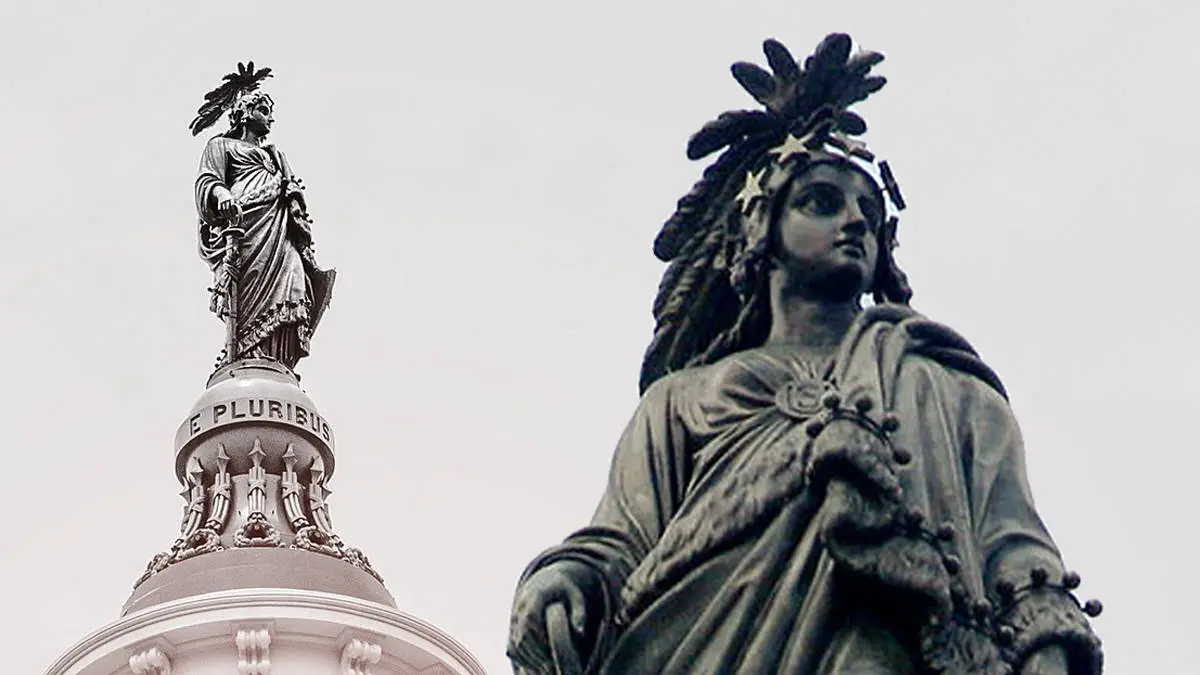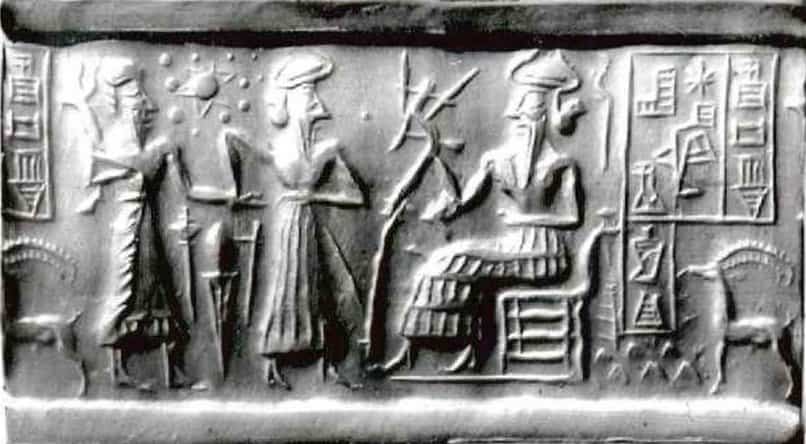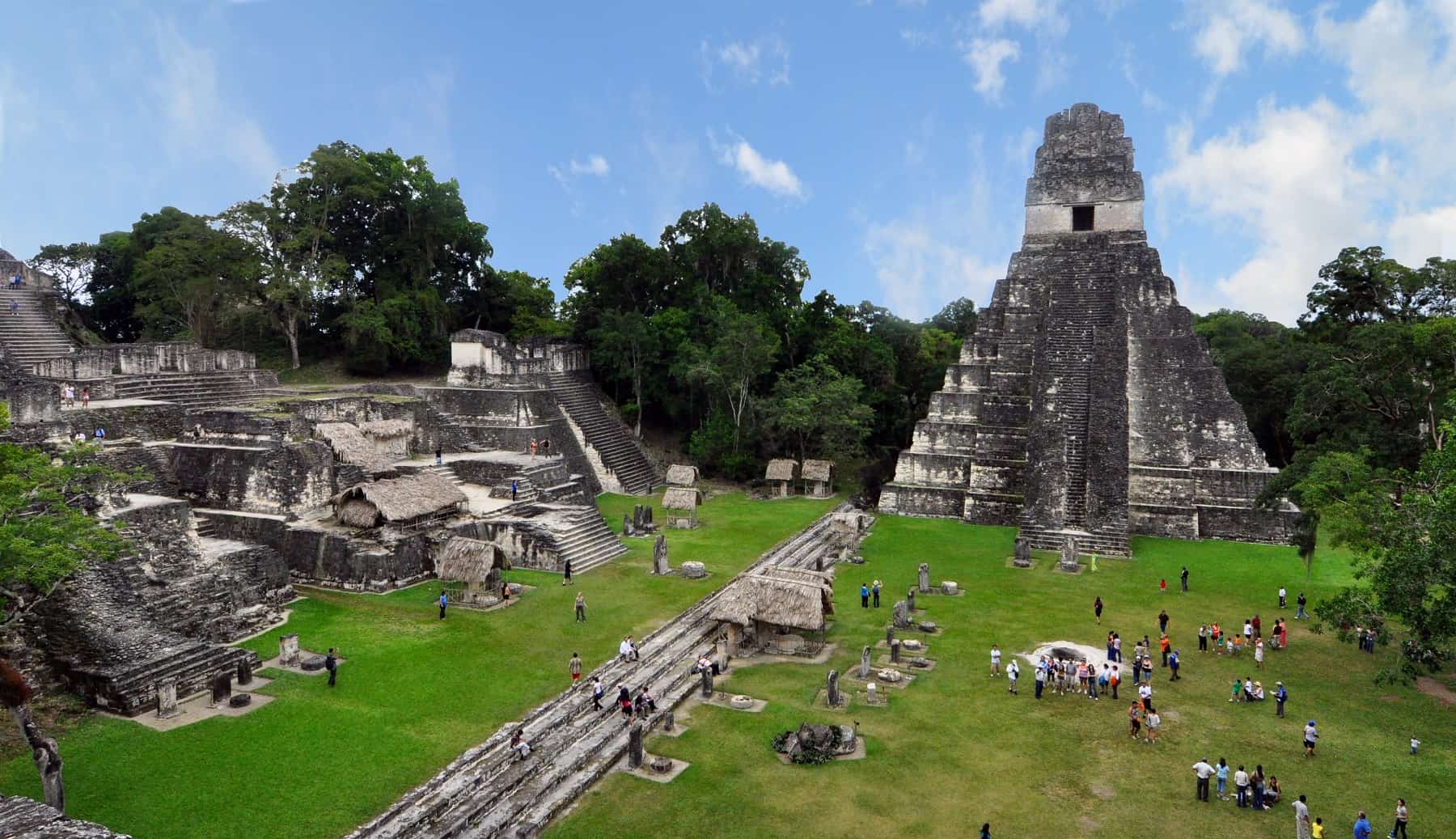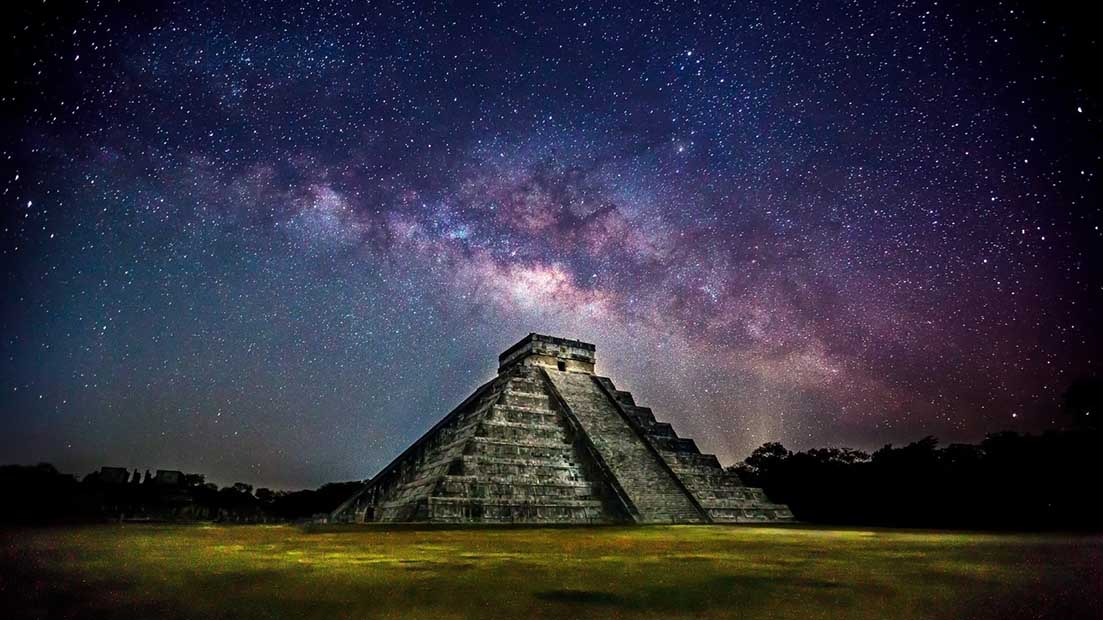

Today, the Iroquois (Haudenosaunee) culture teaches kids from birth about the Sky Woman, Mother Earth, and Grandmother Moon. The tribes instill a deep abiding respect for women who continue to uphold the Tree of Peace.
What’s seldom taught in American classrooms is how the Iroquois Constitution, the Great Law of Peace (Gayanesshagowa) influenced our democracy and Constitution. Moreover, their way of life influenced the fight for women’s equality.
Thus, the Iroquois played a vital role in establishing our system of democracy. Today, atop the Capitol Dome, a statue inspired by Native Americans stands overseeing all, like a Sky Woman.
The Statue of Freedom
Since 1863, a bronze sculpture of a woman wearing a fur-trimmed robe has proudly stood atop the U.S. Capitol Dome. She’s called the Statue of Freedom, created by American sculptor Thomas Crawford. Sadly, the sculptor went blind and died suddenly at age 44, shortly after completing the plaster model from Rome, Italy.
On the statue’s pedestal, the Nation’s motto, E Pluribus Unum, “out of many one,” is written. On his deathbed in 1857, Crawford named her America. However, she came to be known as Freedom Triumphant in War and Peace.
After many design changes, Crawford settled on a headdress influenced by “the costume of our Indian tribes.” Atop her head, there is a nine star-studded Roman helmet with “an eagle’s head and a bold arrangement of feathers.” Some see the eagle as a reference to the ancient Annunaki, often depicted with an eagle head on a human body.
Ironically, a master craftsman and slave named Philip Reid helped cast the 20-foot tall statue dedicated to freedom. Fortunately, the year of her installation on the Capitol Dome, Reid was a free man. In 1862, President Lincoln signed the Emancipation Proclamation. So, Reid went into business for himself as a plasterer. (see video below)
The plaster model for the statue is at Emancipation Hall in the U.S. Capitol Visitor Center.
See more from Today I Found Out:
Recommended: Scientists On How Trees Talk Through an Ancient ‘Otherworld’ Network
The Iroquois Constitution
America’s way of life owes inspiration to the Iroquois’ unwritten democratic Constitution, as well as ancient Greco-Roman times and other influences.
Since the 16th century, the Iroquois Confederacy, a group of Six Nations, has been governed by its principals. The tribes included the Mohawk, Oneida, Onondaga, Cayuga, Seneca, and Tuscarora. In the past, the tribes lived across New York and Canada.
The Tree of Peace
After warring with each other for decades, the Six Nations came together to live in harmony between 1570 and 1600. An Oneida story called The Tree of Peace discussed how the leaders put their weapons aside under a giant White Pine tree.
Afterward, a governing Great Council of chiefs began meeting together in a longhouse. By oral tradition, the leaders planted a white pine after founding the Great Law of Peace. Today, this practice of planting peace trees continues.
For example, in 1988, Jake Swamp, a Mohawk chief of the Iroquois Grand Council, planted a pine that stands near the First Bank of the United States in Philadelphia.
At the ceremony, Chief Swamp said:
“Many years ago, man depended on his own judgement and strayed away from the original instruction, giving birth to greed, jealousy, warfare and destruction.”
The Chief called for a return to humanity’s roots, for “when the creator made the world, he intended people to always live at peace with one another.”
Recommended: Scientists Catching Up to Ancient Beliefs in Remote Viewing
Benjamin Franklin and the Iroquois
Much earlier, at the Albany Congress between June 19 and July 9, 1754, Benjamin Franklin presented his Plan of Union, a federation of 13 British colonies and alliance with the Six Nations chiefs.
It was the first official attempt to “develop inter-colonial cooperation among the colonies,” notes American History Central.
Franklin hoped to secure the Iroquois alliance for trade, treaties, and land purchases and unite the colonies against French imperial forces and their Native American allies.
In attendance, representatives of the Indian nations and colonies listened as he discussed the Iroquois. Franklin chided the colonists, who often wrongly considered Native Americans as ignorant savages.
‘It would be a strange thing,” Franklin said, “if six nations of ignorant savages should be capable of forming such a union, and yet it has subsisted for ages and appears indissolvable, and yet a like union should be impractical for ten or a dozen English colonies.”
After Franklin introduced the plan, commissioners who attended the Congress adopted the final version on July 10. However, King George II and the colonial governments rejected it. Nevertheless, the document would later influence portions of the Constitution.
Peace Turns to War
Over two decades later, the Continental Congress attempted to make peace with the Iroquois, claiming to want peace.
According to the National Park Service:
“In July of 1775, the Continental Congress prepared a message for a meeting in Albany, NY with the Iroquois Nation of New York, requesting that the powerful Iroquois Confederacy remain neutral in the war between the colonists and Great Britain. Part of their message reads, ‘Brothers! We live upon the same ground with you. The same island is our common birthplace. We desire to sit down under the same tree of peace with you: let us water its roots and cherish its growth, till the large leaves and flourishing branches shall extend to the setting sun and reach the skies.'”
Unfortunately, as we all know, there would be no alliance or peace. Soon, the colonists claimed Iroquois land and many were killed and forced to depart for British Canada to survive. Nevertheless, the ancestors of the tribe continue to teach about living in peace and harmony with each other and nature.
Resolution to Recognize Iroquois Contributions
In 1987, at the 200th anniversary of its Constitution, Resolution 331 was introduced in the House of Representatives. The resolution formally recognized the Iroquois contributions to democracy.
“Whereas the original framers of the Constitution, including, most notably, George Washington and Benjamin Franklin, are known to have greatly admired the concepts of the Six Nations of the Iroquois Confederacy.”
Notably, the resolution states clearly that the Iroquois’s democratic principles became part of the Constitution.
“Whereas the confederation of the original Thirteen Colonies into one republic was influenced by the political system developed by the Iroquois Confederacy, as were many of the democratic principles which were incorporated into the Constitution itself.”
Congress approved the resolution introduced by Representative Morris K. Udall in October 1988.
The Sky Woman and North America
In Iroquois culture, women have long enjoyed equal status to men, owing to beliefs such as the Sky Woman.
One version of the Iroquois creation story tells of a floating world where the immortal Sky People lived. A luminous tree gave light to the island.
As the story goes, the Sky Woman’s husband became enraged when she told him she would give birth to twins. In his rage, he ripped out the tree, creating a hole. Sky Woman fell to Earth through the hole but was rescued by animals. A Little Toad gathered mud in its mouth, which the other animals spread across the land.
On the blue planet, creatures of the seas already existed, and birds rescued Sky Woman, who stepped onto North America, which appeared like a giant turtle. From there, she created the stars, Moon, and Sun.
Giorgio A. Tsoukalos explores Sky Woman’s story on the In Search of Aliens, “The Founding of America.” A question asked is how the Native Americans could have known that North America resembled a turtle before the outline was known.
Creation and Destruction
Later, Sky Woman’s twins, Sapling and Flint, began creating other lifeforms on the planet. The twins had a rivalry, and Flint tried to conquer all of Sapling’s creations.
While Sapling created nurturing, beneficial life for humans, Flint was destructive. Thus, he created everything harsh: winter, thorns, and monsters, which Sapling drove underground.
In the end, Sapling and thus life on Earth won out. Defeated, an angry Flint went to live in a volcano on Big Turtle’s back.
Without the animals, Sky Woman may have perished, and today the Iroquois hold respect for all living things. It’s a way of life that modern society is finally beginning to recognize and appreciate.
Notably, Sky Woman’s story bears similarities to other creation stories, such as the Cosmic Tree of Life and World Turtle. Today, many indigenous tribes still call North America Turtle Island, and the White Pine is the symbol for the Iroquois Constitution.
Below is another version of the story via New World Histories:
Women’s Equality and the Iroquois
In the Six Nations Confederacy, women had an equal say to men in government and family life. If men were disrespectful to their marriages, they could be divorced, and the woman could keep her property and children.
Furthermore, Iroquois women had equal responsibilities in spiritual ceremonies and controlled the land, which they cultivated.
Moreover, the Clan Mother led the women in choosing the tribe’s Chief (sachem) to represent them on the Grand Council. In matters of war, the women had an equal say and could withhold food to men who went against their wishes.
Women’s rights suffragettes like Susan B. Anthony were amazed to learn about the equality that Iroquois women held. Suffragette Matilda Joslyn Gage wrote articles about the Haudenosaunee in the New York Evening Post and other New York papers. Thus, they inspired a generation of people to strive for women’s equality.
Below, Brenda LaForme, Cultural Interpreter at the Iroquois Indian Museum in Howes Cave, NY, discusses women’s roles in the Haudenosaunee culture.
As she notes, if a Chief abused women, the women in the tribe could remove him from power, an act called “dehorning” the leader. Today, women in the tribe help ensure survival and cultural ways, always upholding the Tree of Peace.
Image by Annaser via Wikimedia Commons (CC BY-SA 4.0) and by dbking via Wikimedia Commons (CC BY 2.0)




